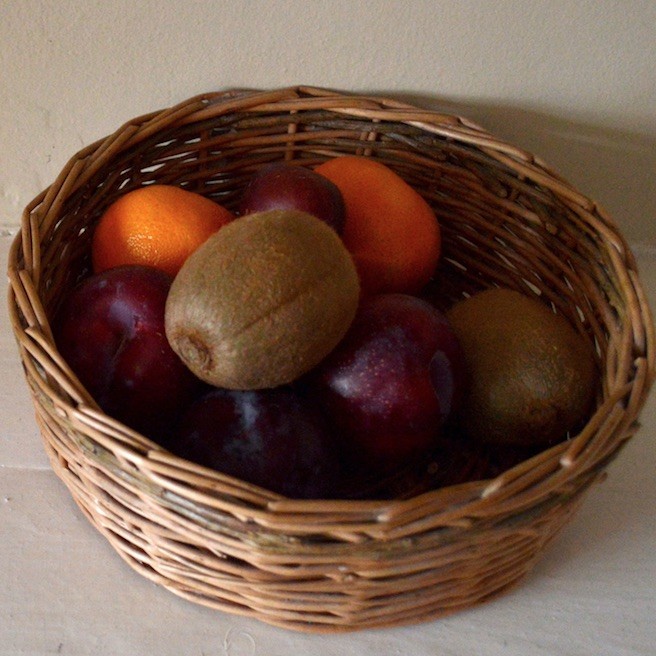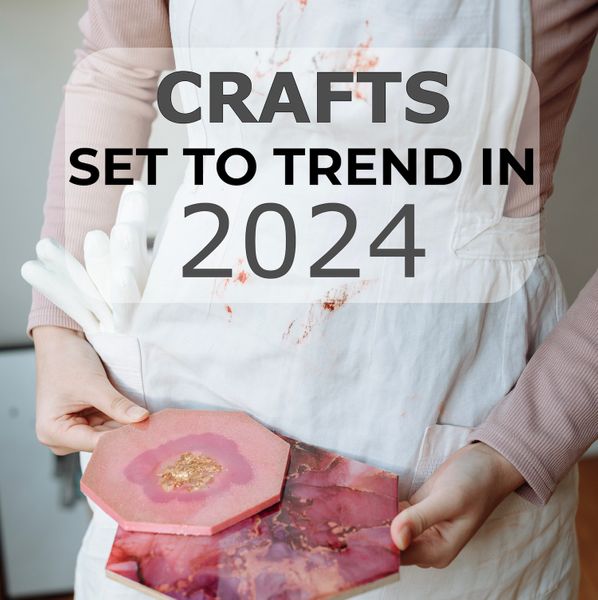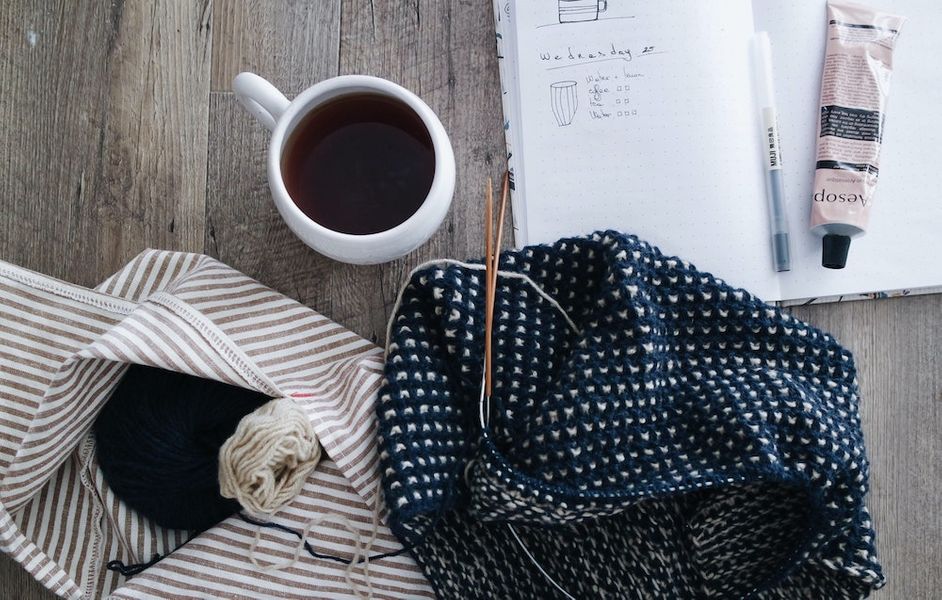Why do we treasure handmade items so? Rose Teleri explores the special significance of hand crafted objects in a modern throwaway world.
One of the biggest things I have noticed about handmade objects is that they last. The things that have always been in my family home on the shelves or used everyday in the kitchen, things that are embedded in my memory, things that make home feel like home, are all handmade. Some objects were made by family members, some by people we had never met but whose mastery and skill we admired. Most have lasted over the years and become the unchanging icons of home.
In part this is due to quality. When a maker sits down to create they are constantly checking their work for imperfections or faults, as the potter raises the sides of a bowl they feel for trapped air, as a jeweller polishes a finished earring they test the strength of a solder join.
The most thorough form of quality control is from the maker’s hands. This isn’t a conscious action it is muscle memory. It is knowing when a slight difference happened in the process and where there may be weakness.
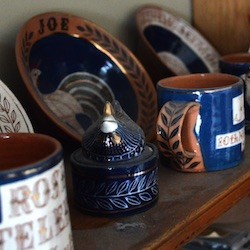

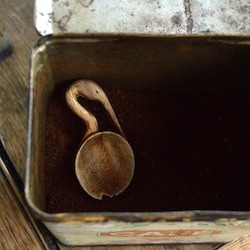
When you pay for a handmade object, you’re not only investing in the time it took that maker to produce the piece you want to take home. You are paying for their knowledge, the years it has taken their hands to feel when things have gone well, the instinct they have for the material and the finished item. For every piece they sell there have been many over the years that never made it that far.
Discarding work that is not up to scratch is not a sign of failure but a sign of learning, to know what went wrong and why is more valuable for the maker than the finished piece. There are numerous wooden chairs in my family made by my grandfather, the rejects. These objects are loved by us and have been repaired over the years. Even the rejects can be valuable.
We all shared in the pleasure of Grandfather’s hand crafted furniture; our appreciation of the skill and effort it took was transmitted to us, along with the joy of learning and making. You get as much (or more!) pleasure from something that you have hand crafted yourself, often at a craft course.
The other reason I believe that handmade objects last so well is the relationship the new possessor has with the object. Visitng someone’s studio, meeting them at a craft fair, discovering them at a gallery; in reading the maker’s story you build a bond with the object. It becomes more than just a cup, a necklace, a spoon, a basket; it is a part of the maker. When you take it home and it settles in to the backdrop of your existence, you may not use it everyday, you may not think about it often, but when you do you will remember its story. That cup will hold more significance than the set you bought in the supermarket. And I believe the tea you drink from it will taste that much better!
Because of the significance they have, you will handle them more carefully, you will store them safely, wash them gently, you will want to keep them in good condition because you know how they were made you know it took time, and you know it will be hard, if not impossible, to replace.



A handmade object is also more likely to be repurposed or mended than something cheap and replaceable. And mending a cheap object can give it added value.
Mending is a craft in itself and takes great skill. Before the industrial revolution making and mending were just part and parcel of life. If your shoes broke you went to the cobbler, if your hat got moth eaten you went to the milliner, if you needed your knives sharpened you went to the peddler. Today these words are not often heard, the cobblers, milliners and peddlers are not high street names as they used to be. Our culture has become disposable and objects are not made to last. Now when your shoes break you buy new ones, hats are rarely made from materials that moths would consider desirable and most people probably have a little gadget in their draw to sharpen their own knifes (this last point is arguably a good thing).
In opposition to this disposable culture there has been a resurgence of mending. Textile artists such as Celia Pim who shortlisted on the womans’ hour craft prize and Tom Van Deijnen pushing darning to the limit, playing with the boundaries of these skills and materials. These artists and craftspeople are using mending as a feature rather than a camouflaged apology, using bright colours to stand out, similar to the Japanese process of kintsugi where broken ceramics is fixed using gold, creating the idea that the fixed object is more precious than it was previously.
Next time you are looking for a gift that you know will last, or finding yourself a treat you know will stick with you through the years then invest in something handcrafted. Know the story and trust the quality, know that someone has taken care and hours of patient study to get that object to you. Know that you are supporting a thriving movement. And if something breaks, fix it, even if it’s a cheap pair of jeans from your high street store, find a craftsperson (or go on a course and learn to do it yourself) who can make it even more beautiful and you’ll be surprised how much more you will love them!
